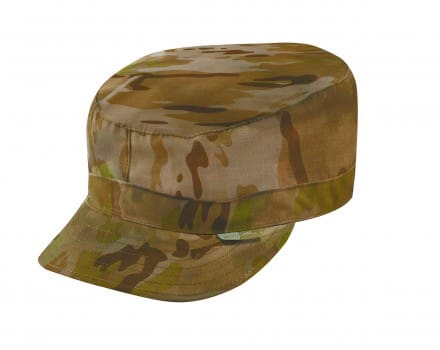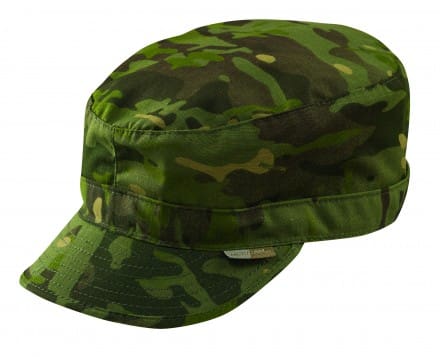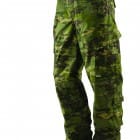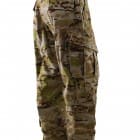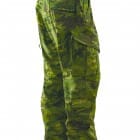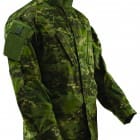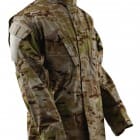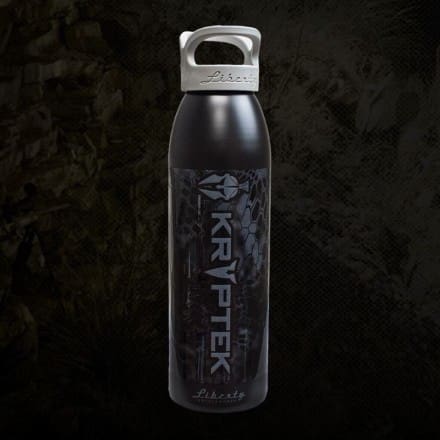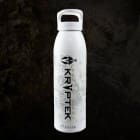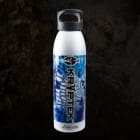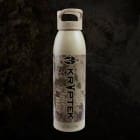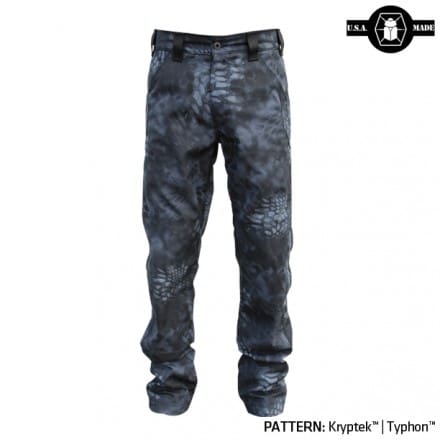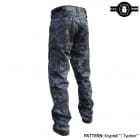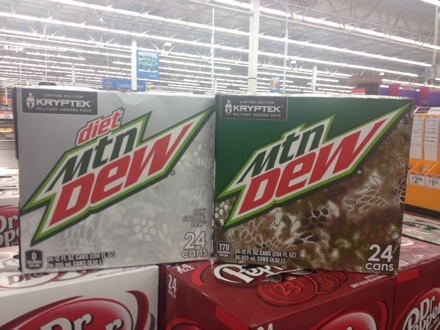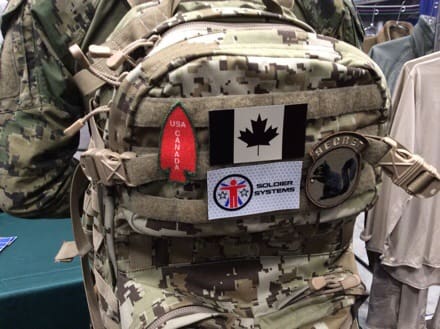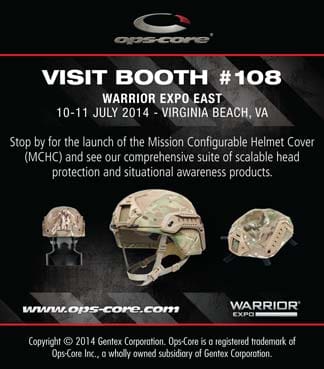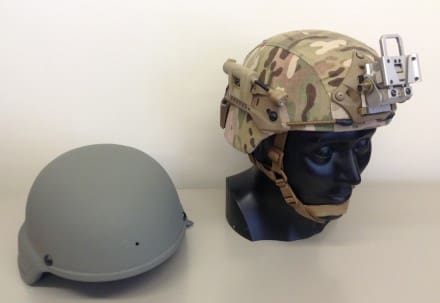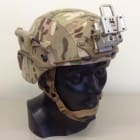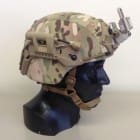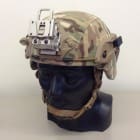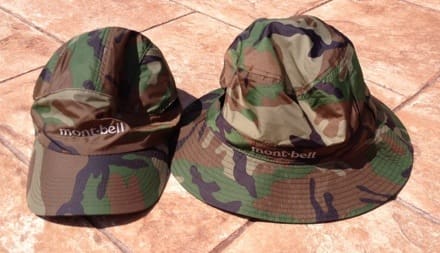Marietta, GA – July 24, 2014 – TRU-SPEC®, one of the leading suppliers of uniforms and personal equipment to the military, law enforcement and public safety markets, has added the MultiCam Tropic™ and MultiCam Arid™ patterns, developed by Crye Precision, to their popular Tactical Response Uniform selections, designed to meet the unique needs of Tactical Professionals, Law Enforcement and Special Operations personnel operating in high-risk environments.
The MultiCam Arid™ pattern was developed to effectively reduce the visual and near-IR signature of a person operating in desert environments, which predominantly consist of open sand and rock. This particular palette compliments and overlaps portions of the main MultiCam® pattern; so pairing the apparel results in a well coordinated, functional concealment system.
The MultiCam Tropic™ pattern was developed to reduce the visual and near-IR signature of a person operating in dense jungle environments; areas that predominantly consist of lush vegetation that remains relatively unaffected by seasonal changes. Much like that of the MultiCam Arid™, the pattern’s palette compliments and overlaps portions of the main MultiCam® pattern; allowing for overlapping and coordination.
“TRU-SPEC® is thrilled to once again partner with Crye Precision and INVISTA’s CORDURA® brand team to expand our offerings of MultiCam® through our TRU line of apparel,” stated TRU-SPEC® Vice President of Marketing, Darrell Jacks. “We continue to offer all of our tier-one law enforcement, special operations and tactical professional units a line of trusted apparel that matches their performance in ensuring our safety.”
The MultiCam Tropic™ and MultiCam Arid™ patterns join TRU-SPEC®’s current offerings of MultiCam® and MultiCam Black™. The new patterns will be available through selected TRU-SPEC® dealers at the end of August 2014. Visit www.truspec.com or facebook.com/TRUSPEC to find a dealer near you.


